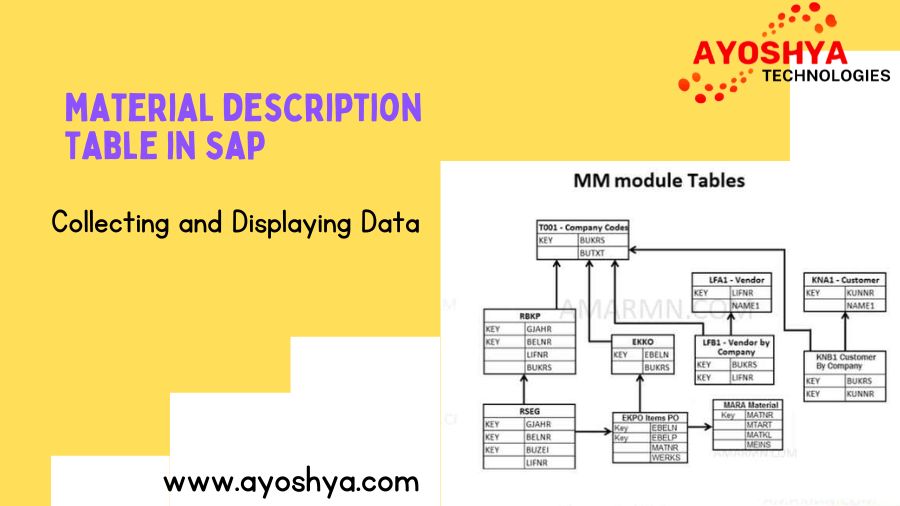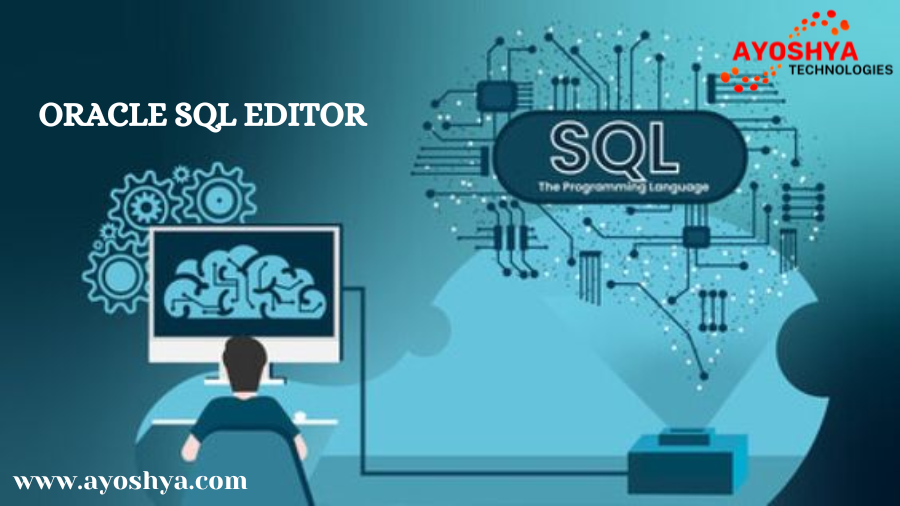5 Ways AI in Manufacturing Production Lines: Boost Efficiency & Quality

Dramatically optimize your production lines with AI in Manufacturing! Discover 5 powerful methods to leverage artificial intelligence for smarter manufacturing. Reduce downtime, eliminate waste, and achieve peak efficiency, all within this comprehensive guide.
Imagine a production line running like a perfectly tuned machine. No more frustrating delays, product inconsistencies, or unexpected downtime. This isn’t a pipe dream; it’s the reality within reach thanks to the transformative power of Artificial Intelligence (AI). In today’s competitive manufacturing landscape, optimizing your production line is no longer a luxury, it’s a necessity. Fortunately, AI offers a powerful toolkit to streamline operations, maximize output, and propel your business to new heights. This article will unveil the 5 key ways AI can supercharge your production line, addressing common concerns like “what is AI in manufacturing?” and “how can AI optimize production?” We’ll delve into specific AI applications, explore real-world examples, and answer frequently asked questions to equip you with the knowledge to harness the power of AI for your factory floor.
1. Identifying Bottlenecks: Where’s the Hold-Up?
Every production line has bottlenecks – those sluggish stages that impede overall output. But pinpointing them can be a detective’s job. AI steps in with its data analysis prowess. By collecting and analyzing real-time data from sensors and machines, AI algorithms can identify bottlenecks with pinpoint accuracy. Imagine uncovering that hidden delay in a seemingly smooth process, like a cobot (collaborative robot) arm waiting for a specific component that’s stuck in transit. With this knowledge, you can streamline workflows, prioritize tasks, and eliminate bottlenecks before they impact production.
Furthermore, AI can go beyond basic identification. Advanced machine learning algorithms can predict potential bottlenecks based on historical data and current production trends. This proactive approach allows you to take preventative measures, like scheduling maintenance before a machine failure disrupts the flow. ai in manufacturing, ai in manufacturing industry,
ai in manufacturing examples,generative ai in manufacturing, ai in manufacturing market.
2. Predictive Maintenance: Keeping Your Machines Running Smoothly
Unplanned equipment breakdowns are a manufacturer’s worst nightmare. Not only do they halt production, but they also incur hefty repair costs and lead to missed deadlines. Here’s where AI’s predictive maintenance capabilities shine.
AI can continuously monitor various machine parameters, including vibration, temperature, and energy consumption. By analyzing these trends, AI can predict potential equipment failures before they occur. This allows you to schedule maintenance proactively, replacing worn parts before they break down. The benefits are twofold: you minimize downtime and extend the lifespan of your valuable machinery, leading to significant cost savings in the long run.
For instance, a sensor on a critical machine might show a slight increase in vibration. AI can detect this anomaly and predict a potential bearing failure. By scheduling a maintenance intervention to replace the bearing before it seizes, you prevent a costly and disruptive breakdown.
Conclusion
In conclusion, AI presents a treasure trove of opportunities to revolutionize your production line. By leveraging machine learning for bottleneck identification and process optimization, you can streamline operations and maximize output. Predictive maintenance powered by AI minimizes downtime and ensures smooth production flow. Additionally, AI-powered quality control with computer vision catches defects with superhuman precision, boosting product quality. Don’t forget the power of digital twins – virtual replicas of your production line that allow for risk-free experimentation and process optimization. By embracing these 5 ways to integrate AI, you can unlock a new era of efficiency, quality, and cost-effectiveness in your manufacturing. Remember, AI is a powerful tool, but its success hinges on understanding your specific needs and goals. So, take the first step – assess your production line, identify your pain points, and explore how AI can empower you to achieve breakthrough results.
you may be interested in this blog here:-
Ultimate Guide To UKG Math Worksheet PDF Free Download
Unlock Efficiency SAP Best Practices for SAP S/4HANA Implementation











